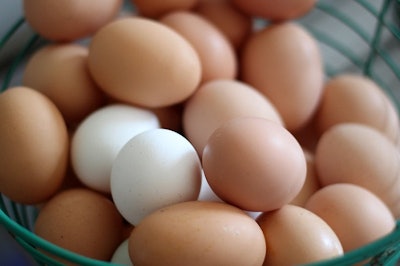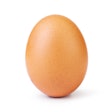
Egg producers in the U.S. are facing numerous issues in converting to cage-free production while, at the same time, having to respond to high expectations from consumers.
What the egg industry does and doesn’t know about cage-free production was the focus of Dr. Janice Swanson, Professor, Department of Animal Science and Large Animal Clinical Sciences with Michigan State University, speaking at the 2022 Midwest Poultry Federation (MPF) Convention in Minneapolis. Her presentation sought to address specific issues that have been raised by producers.
This article will focus on what the industry doesn’t know about cage-free production.
Livable space
“Nest space versus floor space and determining what can be counted as a livable area has been a common question among producers,” stated Swanson.
When producers were asked about what kind of systems they use, the answer varied greatly, she explained. Almost every aviary system on the market is customizable, making the answer to this question even harder to find. Additionally, depending on the hen strain, birds may prefer to use the spaces in the systems differently, adding another level of confusion for producers.
“These variables make it difficult to set measurable standards to follow,” said Swanson.
Therefore, researchers are looking for an outcome-based measure, rather than a hard number, that can be validated through studies and help the industry come closer to an answer.
Midnight feeding
Midnight feeding is a topic that has been explored in terms of nutrition, but not often in terms of bird behavior, explained Swanson.
Industry organization Egg Farmers of Canada conducted a study that looked further into this topic. The research looked at how management practices affected caged hen behavior and found that midnight feeding was associated with increased feather pecking.
Given the limitations of the Canadian study, the impacts of midnight feeding in a cage-free house are still unknown.
Lighting methods
Currently, pulsed alternating wavelength technology, said to have a calming effect on hens, is being researched, Swanson said. However, the industry still does not know what exactly the birds are gaining from the technology or how it is processed in the hens’ brains, necessitating further research.
Additionally, the placement of lights throughout the house has been documented as an important factor in cage-free systems but this too has also caused some confusion.
“In many guidelines, it a gradual brightening of the lights at dawn and a gradual dimming at night is suggested. However, there is some research that has indicated higher rates of injury during those times, typically at night. Researchers have associated it with the lights being too dim during hen movement into the perches at night. This leads to more questions for producers,” Swanson stated.
Outcome-based measures
Outcome-based measures are often used to assess welfare in the broiler industry and are starting to be applied in the layer industry, specifically the cage-free sector. The drawback to outcome-based measures, however, is that they can be time consuming to perform, birds often must be handled to be evaluated and evaluators need to be trained appropriately, explained Swanson.
“Farmers like using outcome-based measures, to gain a handle on how the hens are actually doing, but their biggest complaint was that it took a lot of time,” she stated.
Applying outcome-based measures using new technology, such as a 3D camera system that can perform plumage scores on birds, would be beneficial to the industry. However, systems like this will need validation before the results can be deemed reliable.
Hen genetics
Hen genetics are a popular topic among cage-free producers.
“Producers want to know, what are the best strains to put in each type of system,” Swanson stated.
White hens tend to synchronize the time of their dustbathing and have a higher tolerance to crowding compared to brown hens, she continued. Brown hens tend to be less tolerant and will stop dustbathing if the litter space becomes too crowded.
More research focusing on hen strain would help answer this question for producers.
Want to find out what the egg industry currently knows about cage-free production? Click here.


















